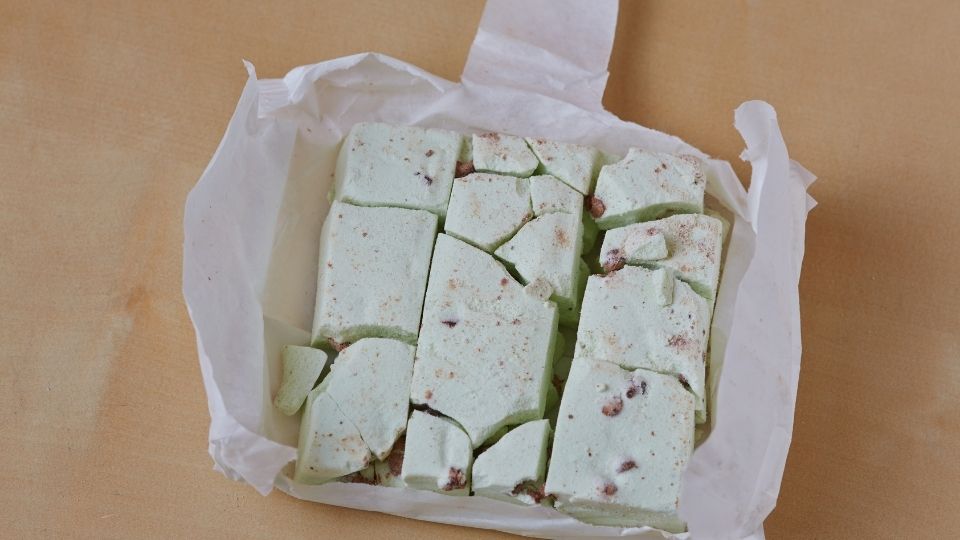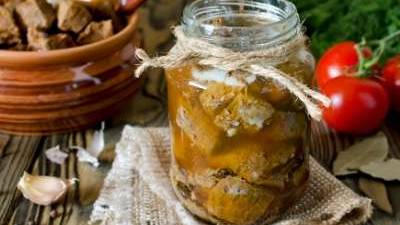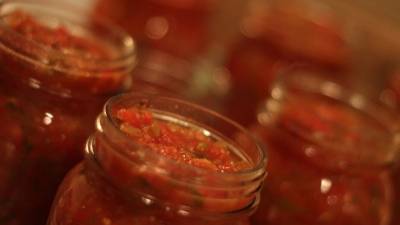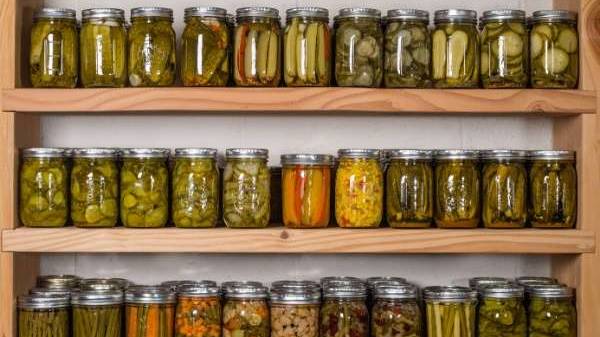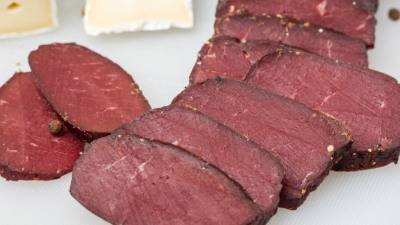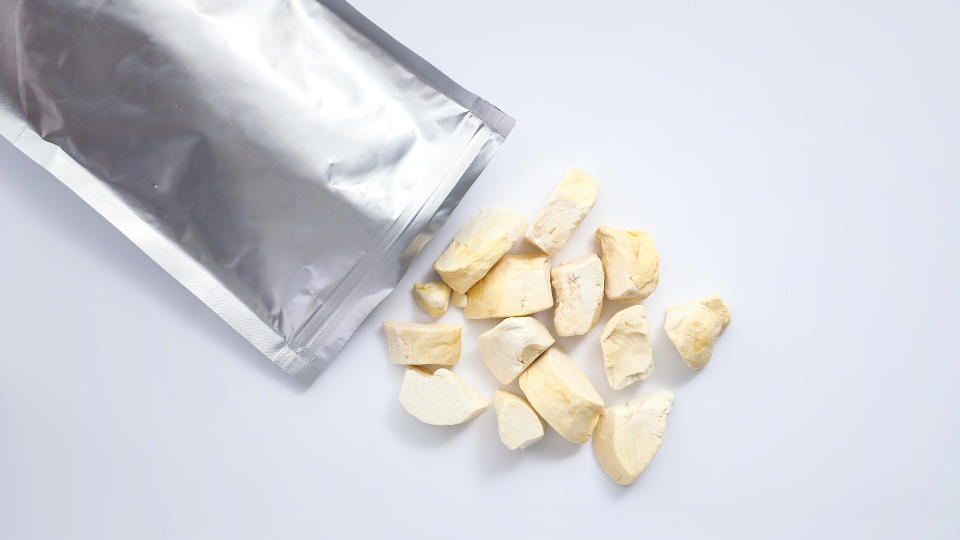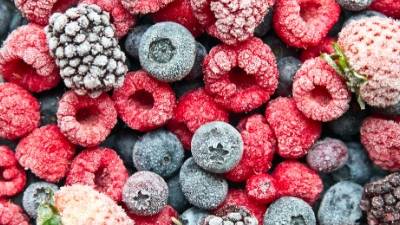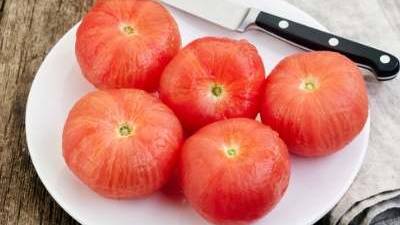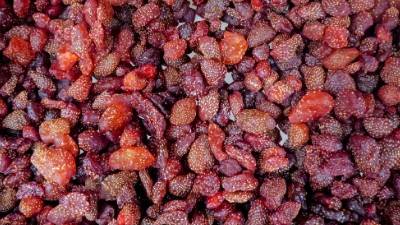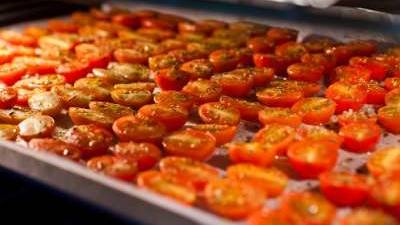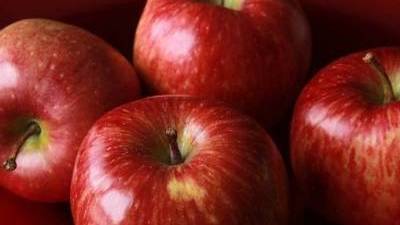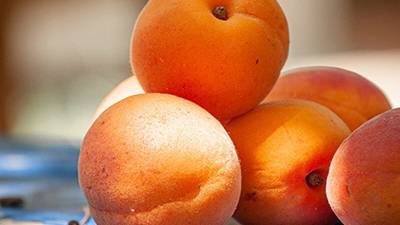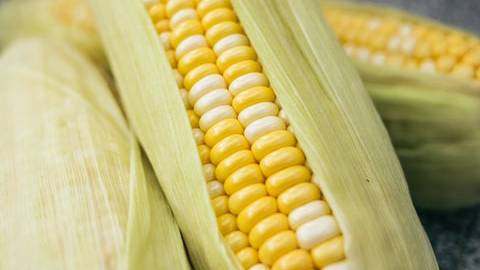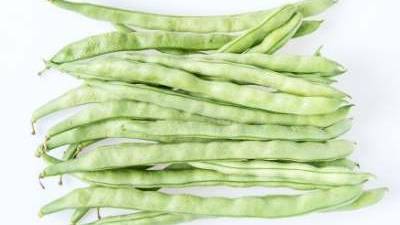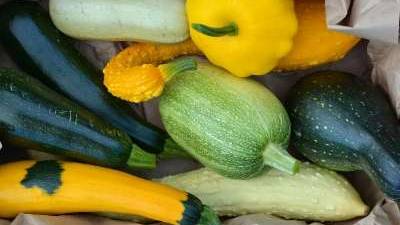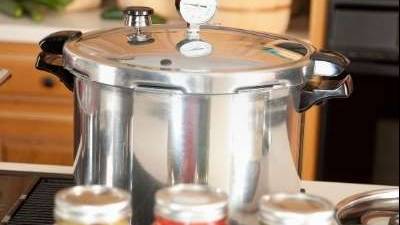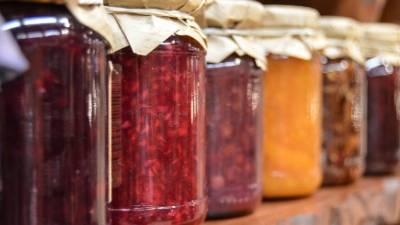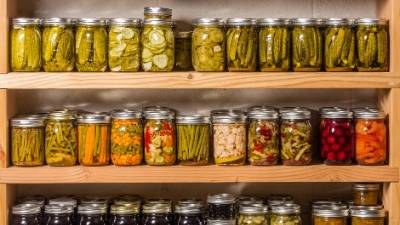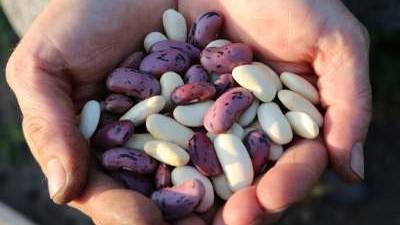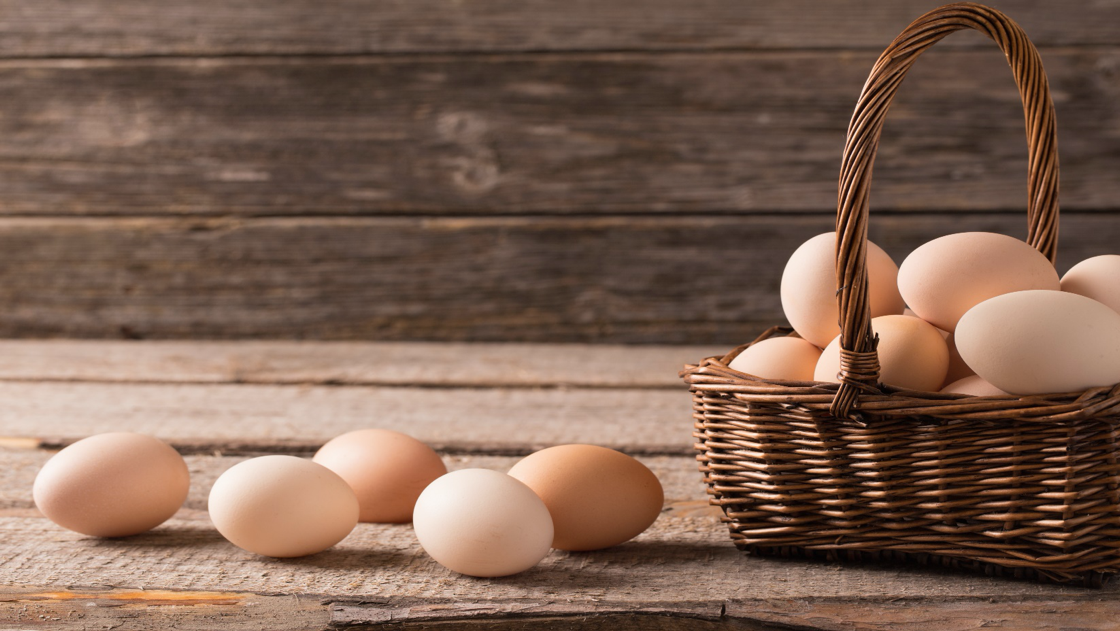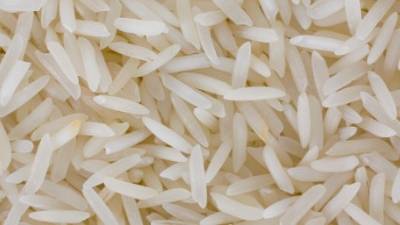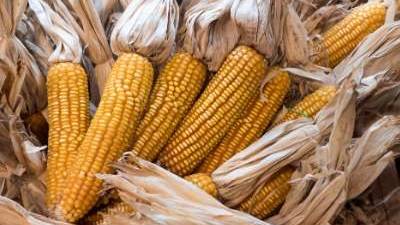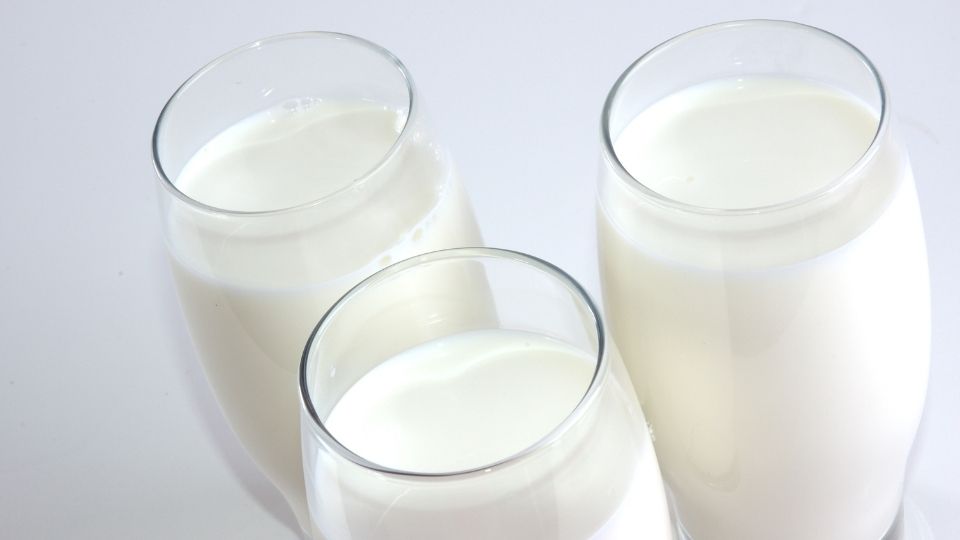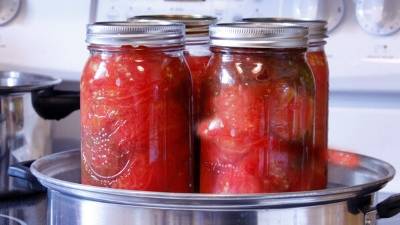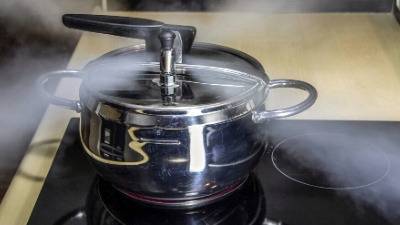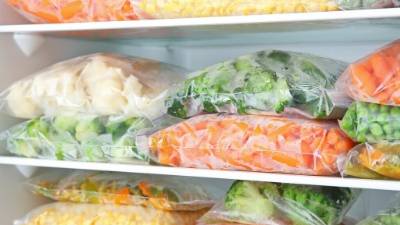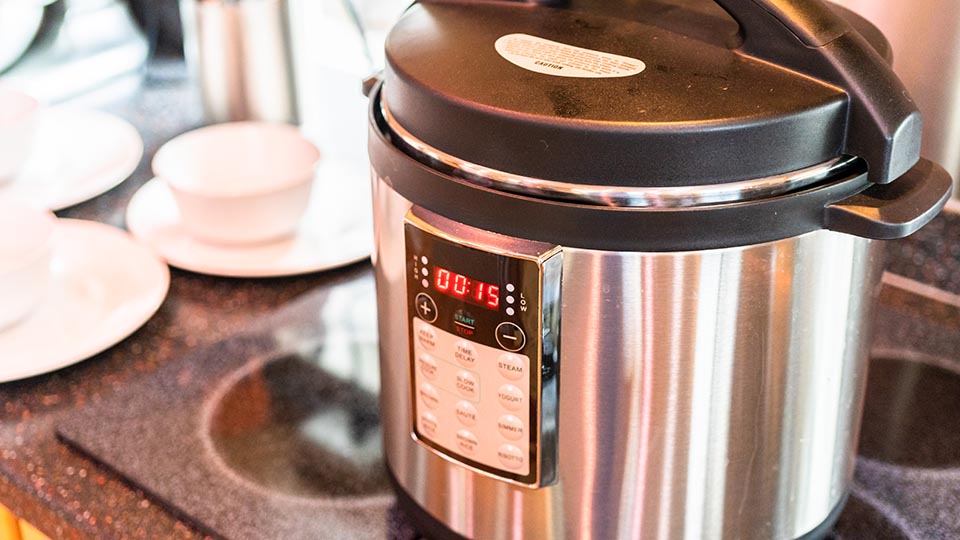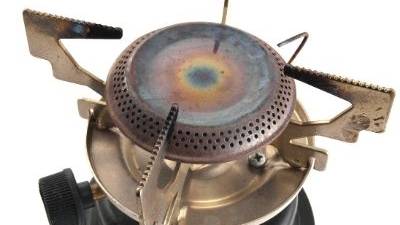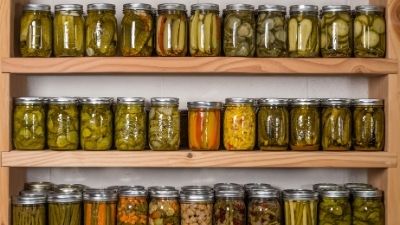How to Preserve Tomatoes
Tomatoes can be preserved by freezing, canning, or drying with good results. For best results peel tomatoes before preserving.
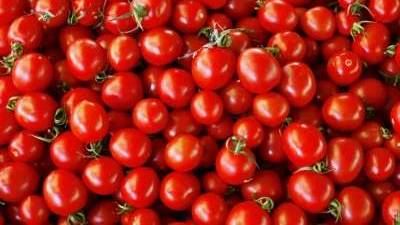
Did You Know?
- Researchers believe the tomato originated in South America, likely in the Andes Mountains. Over time, tomatoes worked north into Central America and eventually crossed the Atlantic to Europe. Spanish Explorers probably brought tomatoes to Spain in the early 1500s.
- Tomatoes were not introduced in Italy until the 18th century, and even then tomatoes were thought of as ornamental plants not food.
- The popularity of tomatoes, as a food, didn’t occur until the early to mid 1800s.
- Tomatoes that have been ripened before they are picked have the best flavor. Shipped tomatoes are often picked green and allowed to ripen off the vine.
- Unripe tomatoes can be ripened by placing them in a warm place not in direct sunlight. The cold temperatures of refrigerators will keep tomatoes from ripening. Only store ripened tomatoes in the refrigerator.
- One large tomato chopped equals about 1 cup. A bushel of tomatoes weighs 53 pounds.
Freezing
Ripe tomatoes that are frozen are mushy when thawed but can be used in soups and casseroles. Puree and juice are better options.
Cooked Puree
Wash, core, and cut tomatoes. Cook until soft. Press through food mill or sieve. Cool and pack into freeze jars or freezer boxes. You can concentrate the puree by boiling until amount is reduced in half.
Juice
Wash, core, and cut tomatoes. Simmer about 5 minutes; put through a sieve or food mill. Cool and pack as above.
Green Tomatoes
Wash, core, and slice 1/2 inch thick. Pack tomatoes into freezer jars, or containers.
Canning
General Information.
- Quality
Select only disease-free preferably vine-ripened firm fruit. Do not can tomatoes from dead or frost-killed vines. Green tomatoes are more acidic than ripened fruit and can be canned safely with any of the following recommendations. - Acidification
To ensure safe acidity in whole, crushed, or juiced tomatoes, add 1/4 teaspoon citric acid or 1 tablespoon bottled lemon juice to pints and add 1/2 teaspoon citric acid or 2 tablespoons bottled lemon juice to quarts. Add acid directly to jars before filling. A small amount of sugar can be added to offset acid taste, if desired. - Quantity
An average of 21 pounds is needed per canner load of 7 quarts; an average of 13 pounds is needed per canner load of 9 pints.
Crushed Tomatoes
Procedure
Wash tomatoes and dip in boiling water for 30 to 60 seconds or until skins split. Then dip in cold water, slip off skins, and remove cores. Trim off any bruised or discolored portions and quarter. Heat one-sixth of the quarters quickly in a large pot, crushing them with a wooden mallet or spoon as they are added to the pot. This will exude juice. Continue heating remaining quartered tomatoes, stirring constantly. These remaining tomatoes do not need to be crushed. They will soften with heating and stirring. Continue until all tomatoes are added. Then boil gently 5 minutes. Add bottled lemon juice or citric acid to jars. See acidification above. Add 1 teaspoon of salt per quart jar and 1/2 teaspoon of salt per pint jar if desired. Fill jars immediately with hot tomatoes, leaving 1/2-inch headspace. Adjust lids and process according to one of the charts below.
| Recommended Processing Times for Crushed Tomatoes in a BOILING WATER canner | |||||
|---|---|---|---|---|---|
| Process times at altitudes of: | |||||
| Style of Pack | Jar size | 0-1,000 ft | 1,001-3,000 ft | 3,001-6,000 ft | Above 6,000 ft |
| Hot | Pints | 35 min | 40 min | 45 min | 50 min |
| Quarts | 45 min | 50 min | 55 min | 60 min | |
| Processing Times at different altitudes for Crushed Tomatoes in DIAL GAUGE and WEIGHTED GAGE Pressure Canners | ||||||||
|---|---|---|---|---|---|---|---|---|
| Process times at altitudes of: | ||||||||
| Dial Gauge Pressure Canners | Weighted Gauge | |||||||
| Style of Pack | Jar Size | Process Time | 0-2,000 ft | 2,001-4,000 ft | 4,001-6,000 ft | 6,001 - 8,000 ft | 0-1,000 ft | Above 1,000 ft |
| Hot | Pints or Quarts | 20 min | 6 lb | 7 lb | 8 lb | 9 lb | 5 lb | 10 lb |
| 15 min | 11 lb | 12 lb | 13 lb | 14 lb | 10 lb | 15 lb | ||
Whole or Halved Tomatoes (Packed Raw Without Liquid)
Procedure
Wash tomatoes. Dip in boiling water for 30 to 60 seconds or until skins split, then dip in cold water. Slip off skins and remove cores. Leave whole or halve. Add bottled lemon juice or citric acid to jars. See acidification above. Add 1 teaspoon of salt per quart jar or 1/2 teaspoon of salt per pint jar if desired.
Fill jars with raw tomatoes. Press tomatoes in the jars until spaces between them fill with juice. Leave 1/2-inch headspace. Adjust lids and process according to charts below.
| Recommended Processing Times for Raw Whole Tomatoes without added liquid in a BOILING-WATER canner | |||||
|---|---|---|---|---|---|
| Process times at altitudes of: | |||||
| Style of Pack | Jar size | 0-1,000 ft | 1,001-3,000 ft | 3,001-6,000 ft | Above 6,000 ft |
| Raw | Pints or Quarts | 85 min | 90 min | 95 min | 100 min |
| Processing Times at different altitudes for Raw Whole Tomatoes without added liquid in DIAL GAUGE and WEIGHTED GAGE Pressure Canners | ||||||||
|---|---|---|---|---|---|---|---|---|
| Process times at altitudes of: | ||||||||
| Dial Gauge Pressure Canners | Weighted Gauge | |||||||
| Style of Pack | Jar Size | Process Time | 0-2,000 ft | 2,001-4,000 ft | 4,001-6,000 ft | 6,001 - 8,000 ft | 0-1,000 ft | Above 1,000 ft |
| Raw | Pints or Quarts | 40 min | 6 lb | 7 lb | 8 lb | 9 lb | 5 lb | 10 lb |
| 25 min | 11 lb | 12 lb | 13 lb | 14 lb | 10 lb | 15 lb | ||
Tomato Juice
Quantity
An average of 23 pounds is needed per canner load of 7 quarts, or an average of 14 pounds per canner load of 9 pints.
Procedure
Wash, remove stems, and trim off bruised or discolored portions. To prevent juice from separating, quickly cut about 1 pound of fruit into quarters and put directly into saucepan. Heat immediately to boiling while crushing. Continue to slowly add and crush freshly cut tomato quarters to the boiling mixture. Make sure the mixture boils constantly and vigorously while you add the remaining tomatoes. Simmer 5 minutes after you add all pieces.
If you are not concerned about juice separation, simply slice or quarter tomatoes into a large saucepan. Crush, heat, and simmer for 5 minutes before juicing.
Press both types of heated juice through a sieve or food mill to remove skins and seeds. Add bottled lemon juice or citric acid to jars. See acidification above. Heat juice again to boiling. Add 1-teaspoon salt to quart jars and ½ teaspoon salt to pint jars, if desired. Fill jars with hot tomato juice, leaving ½-inch headspace. Adjusts lids and process according to charts below.
| Recommended Processing Times for Tomato Juice in a BOILING WATER canner | |||||
|---|---|---|---|---|---|
| Process times at altitudes of: | |||||
| Style of Pack | Jar size | 0-1,000 ft | 1,001-3,000 ft | 3,001-6,000 ft | Above 6,000 ft |
| Hot | Pints | 35 min | 40 min | 45 min | 50 min |
| Quarts | 40 min | 45 min | 50 min | 50 min | |
| Processing Times at different altitudes for Tomato Juice in DIAL GAUGE and WEIGHTED GAGE Pressure Canners | ||||||||
|---|---|---|---|---|---|---|---|---|
| Process times at altitudes of: | ||||||||
| Dial Gauge Pressure Canners | Weighted Gauge | |||||||
| Style of Pack | Jar Size | Process Time | 0-2,000 ft | 2,001-4,000 ft | 4,001-6,000 ft | 6,001 - 8,000 ft | 0-1,000 ft | Above 1,000 ft |
| Hot | Pints or Quarts | 20 min | 6 lb | 7 lb | 8 lb | 9 lb | 5 lb | 10 lb |
| 15 min | 11 lb | 12 lb | 13 lb | 14 lb | 10 lb | 15 lb | ||
Tomato Juice and Vegetable Juice Blend
Quantity
An average of 22 pounds of tomatoes is needed per canner load of 7 quarts. Not more than 3 cups of other vegetables may be added for each 22 pounds of tomatoes.
Procedure
Crush and simmer tomatoes as for making tomato juice (see above). Add no more than 3 cups of any combination of finely chopped celery, onions, carrots, and peppers for each 22 pounds of tomatoes. Simmer mixture 20 minutes. Press hot cooked tomatoes and vegetables through a sieve or food mill to remove skins and seeds. Add bottled lemon juice or citric acid to jars. See acidification above. Add 1 teaspoon of salt per quart jar and 1/2 teaspoon salt per pint jar, if desired. Reheat tomato-vegetable juice blend to boiling and fill immediately into jars, leaving 1/2 inch headspace. Adjust lids and process according to chart below.
| Recommended Processing Times for Tomato Vegetable Blend in a BOILING WATER canner | |||||
|---|---|---|---|---|---|
| Process times at altitudes of: | |||||
| Style of Pack | Jar size | 0-1,000 ft | 1,001-3,000 ft | 3,001-6,000 ft | Above 6,000 ft |
| Hot | Pints | 35 min | 40 min | 45 min | 50 min |
| Quarts | 40 min | 45 min | 50 min | 55 min | |
| Processing Times at different altitudes for Tomato Juice Blends in DIAL GAUGE and WEIGHTED GAGE Pressure Canners | ||||||||
|---|---|---|---|---|---|---|---|---|
| Process times at altitudes of: | ||||||||
| Dial Gauge Pressure Canners | Weighted Gauge | |||||||
| Style of Pack | Jar Size | Process Time | 0-2,000 ft | 2,001-4,000 ft | 4,001-6,000 ft | 6,001 - 8,000 ft | 0-1,000 ft | Above 1,000 ft |
| Hot | Pints or Quarts | 20 min | 6 lb | 7 lb | 8 lb | 9 lb | 5 lb | 10 lb |
| 15 min | 11 lb | 12 lb | 13 lb | 14 lb | 10 lb | 15 lb | ||
Spaghetti Sauce without Meat
Ingredients
Yield: About 9 pints
30 lbs tomatoes
1 cup chopped onions
5 cloves garlic, minced
1 cup chopped celery or green peppers
1 lb fresh mushrooms, sliced (optional)
4-1/2 tsp. salt
2 Tbsp. oregano
4 Tbsp. minced parsley
2 tsp. black pepper
1/4 cup brown sugar
1/4 cup vegetable oil
Procedure:
Caution – Do not increase the proportion of onions, peppers, or mushrooms.
Wash tomatoes and dip in boiling water for 30 to 60 seconds or until skins split. Dip in cold water and slip off skins. Remove cores and quarter tomatoes. Boil 20 minutes, uncovered, in large saucepan. Put through food mill or sieve. Sauté onions, garlic, celery or peppers, and mushrooms (if desired) in vegetable oil until tender. Combine sautéed vegetables and tomatoes and add remainder of spices, salt, and sugar. Bring to a boil. Simmer, uncovered until thick enough for serving. At this time the initial volume will have been reduced by nearly one-half. Stir frequently to avoid burning. Fill jars, leaving 1-inch headspace. Adjust lids and process in pressure canner according to chart below.
| Processing Times at different altitudes for Spaghetti Sauce without Meat in DIAL GAUGE and WEIGHTED GAGE Pressure Canners | ||||||||
|---|---|---|---|---|---|---|---|---|
| Process times at altitudes of: | ||||||||
| Dial Gauge Pressure Canners | Weighted Gauge | |||||||
| Style of Pack | Jar Size | Process Time | 0-2,000 ft | 2,001-4,000 ft | 4,001-6,000 ft | 6,001 - 8,000 ft | 0-1,000 ft | Above 1,000 ft |
| Hot Pack | Pints | 20 min | 11 lb | 12 lb | 13 lb | 14 lb | 10 lb | 15 lb |
| Quarts | 25 min | 11 lb | 12 lb | 13 lb | 14 lb | 10 lb | 15 lb | |
Spaghetti Sauce with Meat
Ingredients
Yield: About 9 pints
30 lbs tomatoes
2-1/2 lbs ground beef or sausage
5 cloves garlic, minced
1 cup chopped onions
1 cup chopped celery or green peppers
1 lb fresh mushrooms, sliced
(optional)
4-1/2 tsp. salt
2 Tbsp. oregano
4 Tbsp. minced parsley
2 tsp. black pepper
1/4 cup brown sugar
Procedure
To prepare tomatoes, follow directions for Spaghetti sauce Without Meat (see above). Sauté beef or sausage until brown. Add garlic, onion, celery or green pepper, and mushrooms, if desired. Cook until vegetables are tender. Combine with tomato pulp in large saucepan. Add spices, salt, and sugar. Bring to boil. Simmer, uncovered, until thick enough for serving. At this time initial volume will have been reduced by nearly one-half. Stir frequently to avoid burning. Fill jars, leaving 1-inch headspace. Adjust lids and process in pressure canner according to charts below.
| Processing Times at different altitudes for Spaghetti Sauce with Meat in DIAL GAUGE and WEIGHTED GAGE Pressure Canners | ||||||||
|---|---|---|---|---|---|---|---|---|
| Process times at altitudes of: | ||||||||
| Dial Gauge Pressure Canners | Weighted Gauge | |||||||
| Style of Pack | Jar Size | Process Time | 0-2,000 ft | 2,001-4,000 ft | 4,001-6,000 ft | 6,001 - 8,000 ft | 0-1,000 ft | Above 1,000 ft |
| Hot Pack | Pints | 60 min | 11 lb | 12 lb | 13 lb | 14 lb | 10 lb | 15 lb |
| Quarts | 70 min | 11 lb | 12 lb | 13 lb | 14 lb | 10 lb | 15 lb | |
Green Tomato Pie Filling
Ingredients
Yield: About 7 quarts
4 qts chopped green tomatoes
3 qts peeled and chopped tart apples
1 lb dark seedless raisins
1 lb white raisins
1/4 cup minced citron, lemon, or orange peel
2 cups water
2-1/2 cups brown sugar
2-1/2 cups white sugar
1/2 cup vinegar (5%)
1 cup bottled lemon juice
2 tbsp ground cinnamon
1 tsp ground nutmeg
1 tsp ground cloves
Procedure
Combine all ingredients in a large saucepan. Cook slowly, stirring often, until tender and slightly thickened (about 35 to 40 minutes). Fill jars with hot mixture, leaving 1/2-inch headspace. Adjust lids and process.
| Recommended Processing Times for Green Tomato Pie Filling in a BOILING WATER canner | ||||
|---|---|---|---|---|
| Process times at altitudes of: | ||||
| Style of Pack | Jar size | 0-1,000 ft | 1,001-6,000 ft | Above 6,000 ft |
| Hot | Quarts | 15 min | 20 min | 25 min |
Pickles
Pickled Sweet Green Tomatoes
Ingredients
Yield: About 9 pints
10 to 11 lbs of green tomatoes (16 cups sliced)
2 cups sliced onions
1/4 cup canning or pickling salt
3 cups brown sugar
4 cups vinegar (5%)
1 tbsp mustard seed
1 tbsp allspice
1 tbsp celery seed
1 tbsp whole cloves
Procedure
Wash and slice tomatoes and onions. Place in bowl, sprinkle with 1/4 cup salt, and let stand 4 to 6 hours. Drain. Heat and stir sugar in vinegar until dissolved. Tie mustard seed, 8 allspice, celery seed, and cloves in a spice bag. Add to vinegar with tomatoes and onions. If needed, add minimum water to cover pieces. Bring to boil and simmer 30 minutes, stirring as needed to prevent burning. Tomatoes should be tender and transparent when properly cooked. Remove spice bag. Fill jar and cover with hot pickling solution, leaving 1/2-inch headspace. Adjust lids and process
| Recommended Processing Times for Pickled Sweet Green Tomatoes in a BOILING WATER canner | ||||
|---|---|---|---|---|
| Process times at altitudes of: | ||||
| Style of Pack | Jar size | 0-1,000 ft | 1,001-6,000 ft | Above 6,000 ft |
| Hot | Pints | 10 min | 15 min | 20 min |
| Quarts | 15 min | 20 min | 25 min | |
Pickled Green Tomato Relish
Ingredients
Yield: About 7 to 9 pints
10 lbs small, hard green tomatoes
1-1/2 lbs red bell peppers
1-1/2 lbs green bell peppers
2 lbs onions
1/2 cup canning or pickling salt
1 quart wager
4 cups sugar
1 qt vinegar (5%)
1/3 cup prepared yellow mustard
2 tbsp cornstarch
Procedure
Wash and coarsely grate or finely chop tomatoes, peppers, and onions. Dissolve salt in water and pour over vegetables in large kettle. Heat to boiling and simmer 5 minutes. Drain in colander. Return vegetables to kettle. Add sugar, vinegar, mustard, and cornstarch. Stir to mix. Heat to boil and simmer 5 minutes. Fill sterile pint jars with hot relish, leaving 1/2-inch headspace. Adjust lids and process.
| Recommended Processing Times for Pickled Green Tomato Relish in a BOILING WATER canner | ||||
|---|---|---|---|---|
| Process times at altitudes of: | ||||
| Style of Pack | Jar size | 0-1,000 ft | 1,001-6,000 ft | Above 6,000 ft |
| Hot | Pints | 5 min | 10 min | 15 min |
Drying
Small cherry tomatoes or tomatoes with a high solid content, such as Romas, work best for drying. Dried tomatoes are good in soups, stews, sauces, and salads. Tomato leather can be eaten as is, added to soups for flavor, or a little water can be added to the leather to make a savory tomato sauce.
Tomato Slices
Preparation
Steam tomatoes for 3 minutes or dip tomatoes in boiling water for 1 minute to loosen skins. Chill in cold water; slip skins off. Cut into sections about 1/2 inch wide or slices. Cut small pear or plum tomatoes in half.
Drying
Dry tomatoes in food dehydrator 3-1/2 to 4-1/2 hours
Tomato Vegetable Leather
Ingredients
1 medium onion, chopped
1 green pepper, chopped
1 clove garlic, minced
3 cups tomatoes peeled and wedged
Salt, pepper, spices to taste.
Note: proportions can be adjusted to personal taste. Celery could also be used
Directions
Blend vegetables in food processor or blender until fine. Add a few tomato wedges and blend. Continue to add tomatoes and blend. Add other spices to taste. Spread puree on plastic wrap on dehydrator trays or cookie sheets. Dry in food dehydrator for 6 to 10 hours or in oven set at 150 to 160 degrees for 6 to 10 hours. Leather should be dry enough so that is peels easily from the plastic wrap
Storage Times
Fully ripe tomatoes can be stored for 4-7 days at 45-50ºF. If slightly underripe, this time can be extended to 2-3 weeks. Do not refrigerate until ripe.
Tomatoes picked green in the fall can be wrapped individually in newspaper and stored for months in a cool, but not freezing location. An alternate method of salvaging tomatoes in the fall before freezing is to pull up the vines and hang them in a cool location. Remove any tomatoes that begin to show signs of spoilage. Storage time is extended for months, but quality will decrease.
Temperature has a major affect on storage life. Canned tomatoes will maintain quality for up to 48 months at 40ºF, or 24 months at 70ºF, or 12 months at 90ºF.
Nutritional Value (USDA Nutritive Value of Foods)
Tomatoes are an excellent source of vitamin A, vitamin C, and potassium.
| 1 Cup | Calories | Fiber | Vit. A IUs | Vit. C mg | Calcium mg | Iron mg | Potassium mg | Sodium mg |
| Raw tomato, 2 3/5 inch diameter | 26 | 1.4 | 776 | 32 | 6 | .55 | 273 | 11 |
| Canned tomatoes, 1/2 cup | 20 | 1.1 | 140 | 11 | 37 | 1.1 | 226 |
12 154* |
| Canned tomato juice, 1/2 cup | 21 | 0.5 | 547 | 22 | 12 | 0.52 | 278 |
12 327* |
| Dried tomatoes, 1/4 cup | 35 | 1.7 | 118 | 5.3 | 15 | 1.23 | 463 | 283 |
References
- Ball Blue Book. The Complete Guide to Home Canning and Freezing. 1995. Alltrista Corporation. Muncie, Indiana.
- Brennand, Charlotte. 1994. Home Drying of Food. (FN330) Utah State University Extension. Logan, Utah.
- Complete Guide to Home Canning (Agriculture Information Bulletin No. 539). 1994. USDA & Extension Service.
- Section 5. Subsistence. Department of Defense 4145.19-R-1, 1979
Authors
Pauline Williams and Charlotte Brennand
Related Research



